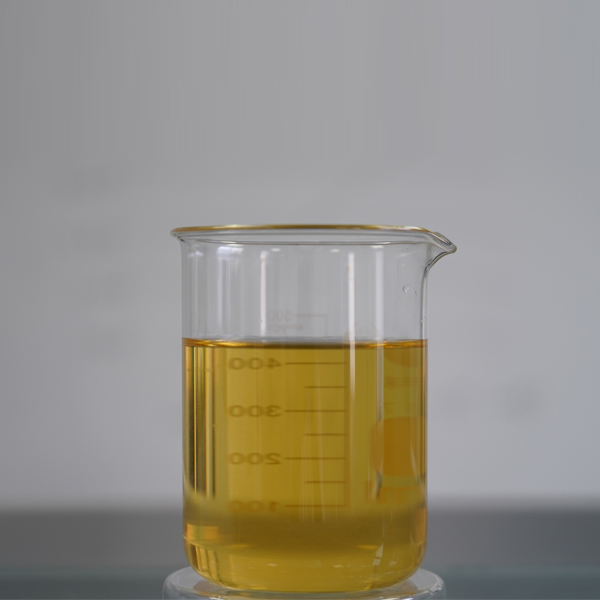
News
Nov . 04, 2024 15:21 Back to list
Citric Acid Chelating Agent for Optimal pH Control in Various Applications
The Role of Citric Acid as a Chelating Agent and Its pH Considerations
Citric acid, a weak organic acid found in citrus fruits, has garnered considerable attention for its role as a chelating agent in various applications, including food and beverage processing, pharmaceuticals, and environmental remediation. Its ability to form stable complexes with metal ions makes it an invaluable tool in industries where controlling metal ion concentration is critical. This article explores the significance of citric acid as a chelating agent, its pH considerations, and relevant suppliers in the market.
Understanding Chelation
Chelation is a chemical process wherein a chelating agent attaches to a metal ion, forming a more stable complex. This interaction reduces the reactivity of the metal ions, thereby minimizing their negative effects in various applications. For example, in food processing, the presence of unwanted metal ions can lead to spoilage, color changes, or off-flavors. By using chelating agents like citric acid, food manufacturers can stabilize products, extending their shelf life and maintaining quality.
Why Citric Acid?
Citric acid is preferred for several reasons. Firstly, it is biodegradable and non-toxic, making it an environmentally friendly choice compared to synthetic chemicals. Secondly, citric acid is readily available and cost-effective, which is crucial for large-scale applications. Importantly, its ability to alter the pH of solutions allows for more precise control over chemical reactions, especially in biological systems.
The Importance of pH
The effectiveness of citric acid as a chelating agent is significantly influenced by the pH of the solution. At lower pH levels, citric acid remains mostly in its protonated form, which is less effective at binding to metal ions. As the pH increases, the ionization of citric acid allows it to form more effective complexes with divalent metals such as calcium, magnesium, and iron.
For instance, when used in food preservation, maintaining an optimal pH level ensures that citric acid can adequately bind to metal ions that might catalyze spoilage reactions
. In pharmaceuticals, the pH must be carefully regulated to ensure that citric acid effectively chelates metal ions that can impact drug efficacy and stability.Suppliers of Citric Acid and Chelating Agents
citric acid chelating agent ph supplier

The market for citric acid and its derivatives is robust, with numerous suppliers offering various grades suited for different applications. Leading suppliers include multinational corporations such as Cargill, Archer Daniels Midland Company, and Huangshan Huaan Chemical Co., Ltd. These companies produce citric acid that meets food, pharmaceutical, and industrial standards, ensuring safety and compliance with regulations.
When selecting a supplier, it's essential to consider factors such as product quality, the range of available grades, and technical support, particularly for applications where pH regulation is critical. Additionally, suppliers may provide guidance on how to optimize citric acid usage based on the specific pH requirements of the intended application.
Applications of Citric Acid Chelation
1. Food and Beverages Citric acid is widely used as an acidity regulator and chelating agent. It helps prevent the oxidation of flavors and colors in food products, extends shelf life, and improves texture.
2. Pharmaceuticals In the pharmaceutical industry, citric acid is used to stabilize metal-containing drugs, enhancing their safety and efficacy. Its ability to adjust pH levels is critical for formulating solutions and suspensions.
3. Agriculture Citric acid chelation assists in improving nutrient uptake in plants by binding to metal ions in the soil, thus making them more bioavailable.
4. Environmental Remediation Citric acid is employed in cleaning up contaminated sites, particularly those involving heavy metals, by enhancing the solubility of metals and facilitating their removal.
Conclusion
Citric acid stands out as a versatile and effective chelating agent across various industries. Its pH-dependent properties enable precise control over metal ion interactions, ensuring better outcomes in food preservation, pharmaceuticals, and environmental applications. As the demand for sustainable and safe solutions continues to grow, citric acid's role will likely expand, highlighting the importance of thoughtful supplier partnerships and application-specific adjustments in pH management. By leveraging citric acid's properties, industries can achieve improved product quality, safety, and environmental sustainability.
-
OEM Potassium Oxalate Chelating Agent Manufacturer & Supplier High Purity & Custom Solutions
NewsJun.24,2025
-
OEM Polymer of Aspartic Acid Supplier L & D Aspartic Acid Customization High-Quality, Eco-Friendly Solutions
NewsJun.10,2025
-
CAS 64723-18-8 High Quality Supplier & Manufacturer Get Instant Quotes Online
NewsJun.10,2025
-
OEM Thermal Polyaspartic Acid - Leading Manufacturer & Supplier for Efficient Heat-Resistant Solutions
NewsJun.10,2025
-
Premium Polymer of Amino Acids High Purity & Factory Pricing
NewsJun.10,2025
-
Premium Micronutrients Plant Fertilizer for Healthy Crops Quote Now
NewsJun.10,2025
